How Convertibles Are Strengthened, And Why It’s Beginning To Change
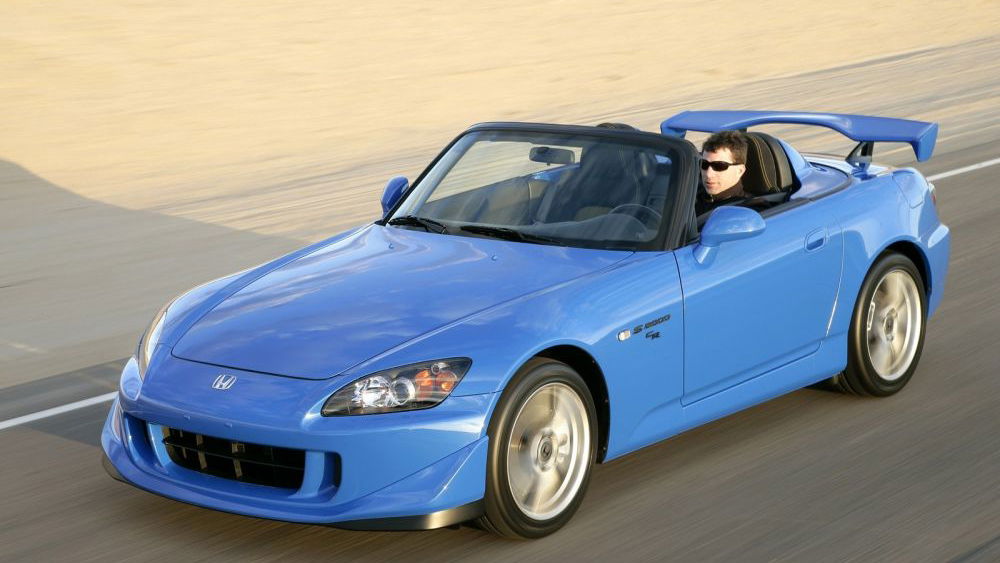
Thousands of miles of sky, the wind tickling the thinning, receding hair on the top of my head and the vibrant engine rasp cranking-up the sense of speed. Convertibles are great, aren’t they? Well, mostly.
Although these cars could be infinitely more exciting to drive than the hardtop equivalents on the market, it’s not all fun and games, especially if specific changes are not made to tackle the inherent lack of rigidity.
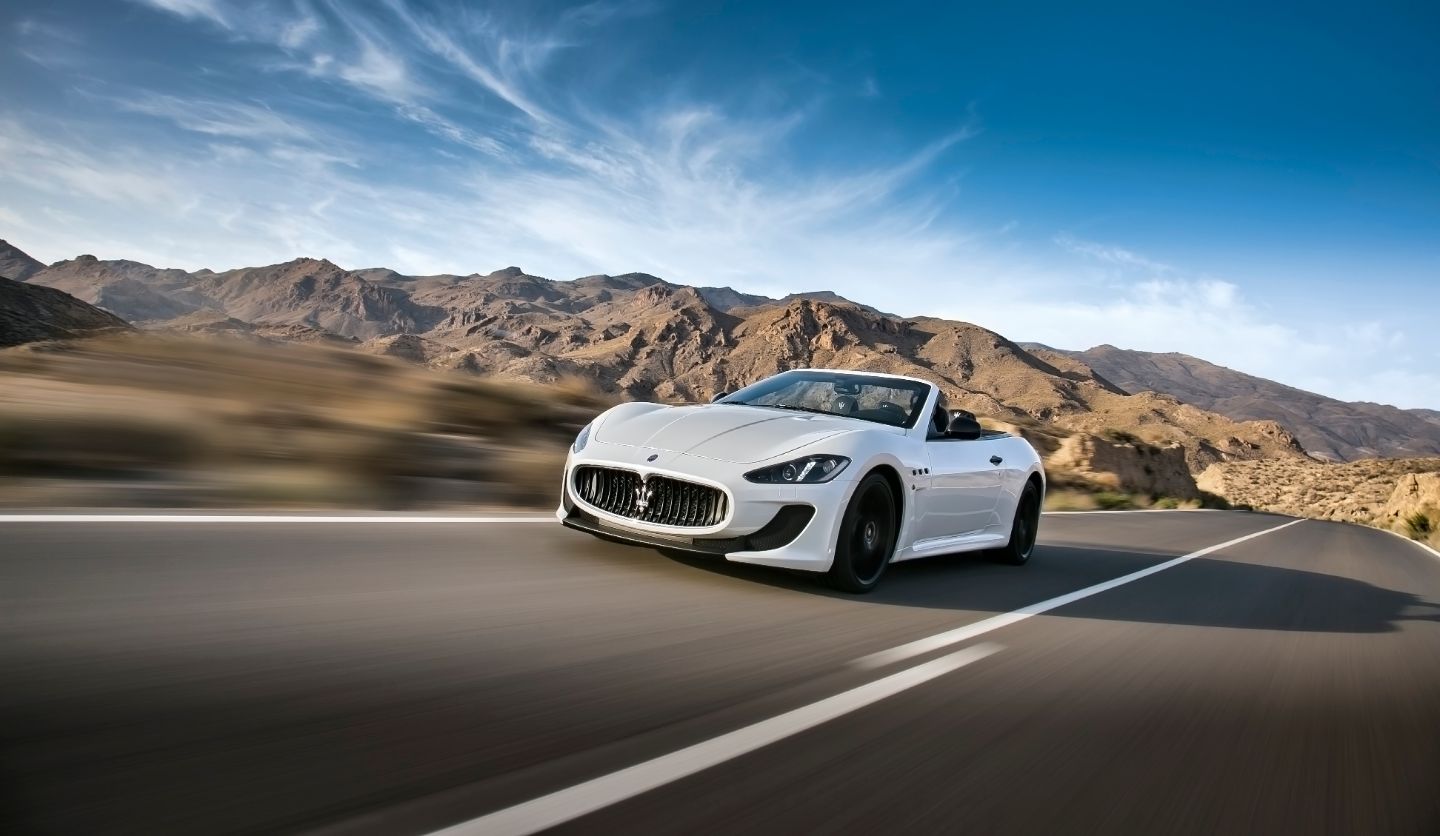
A car’s base chassis is the main source of rigidity - providing the bones for every other component to attach to – but there are other support structures that help reduce the amount of flex in the chassis. Anti-roll bars nestle between the suspension components to stop the car twisting inwards on itself, and front and rear crossmembers straddle each side of the chassis, firstly protecting the engine, transmission and differential from harm but also acting as a chassis brace.
A coupe body with a roof is naturally strong. Any forces being applied through the dynamics of the car are dissipated throughout every corner of the car’s body, with the roof holding it all together in the centre of the vehicle. Take away the roof and the forces can suddenly only be channelled through the door sills, placing much larger amounts of stress through the floor of the car. So to stop the chassis over-flexing and placing abnormal strains on the other structural components of the car, additional beams and panels have to be implemented within the design to counteract any flex.
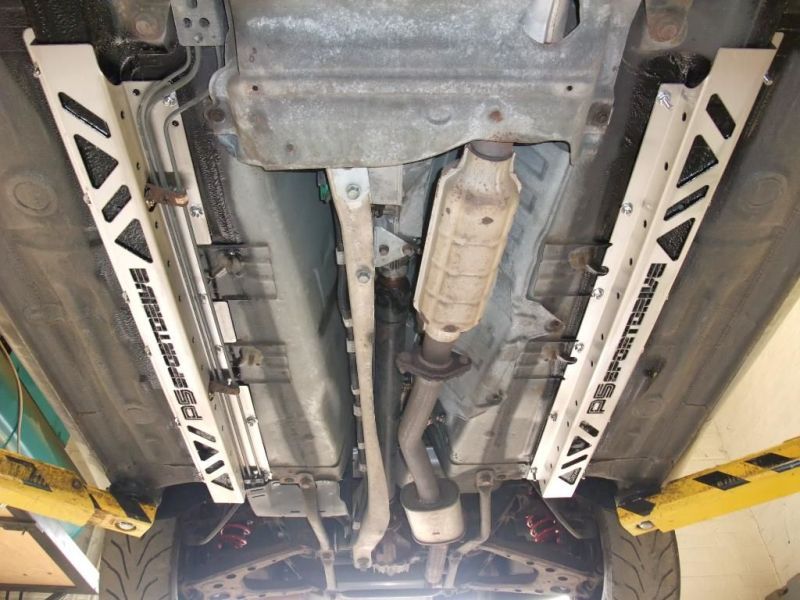
These traditionally come in the shape of cross bars, reinforced sills and specific structural panels placed in areas of high stress. Additional frame rails running down the chassis alongside the sills meanwhile are a common aftermarket structural modification, using mild steel to give the car a much stronger backbone from axle to axle.
Cross bars or X-bars (effectively additional cross members) on the other hand take any load from any side of the car and dissipate it to wherever else the bar is connected to. Full-length cross bars can be used depending on the severity of the flex at hand.
Unfortunately, all this extra steel contributes a chunk towards a car’s overall mass, making the majority of convertibles heavier than their coupe variants. Even though the roof is absent, the accumulation of mass from the convertible roof, additional beams and bars manage to surpass the weight of a fixed simple roof, thus effecting the acceleration and handling of the car at hand.
For example, the BMW E46 M3 convertible sits at a staggering 180kg (or one Alex Kersten during peak bulking season) heavier than the hardtop, thanks to an electric convertible roof and all the additional underbody support needed. This made for a 0-60mph time of 5.5 seconds, 0.4sec slower than the hardtop.
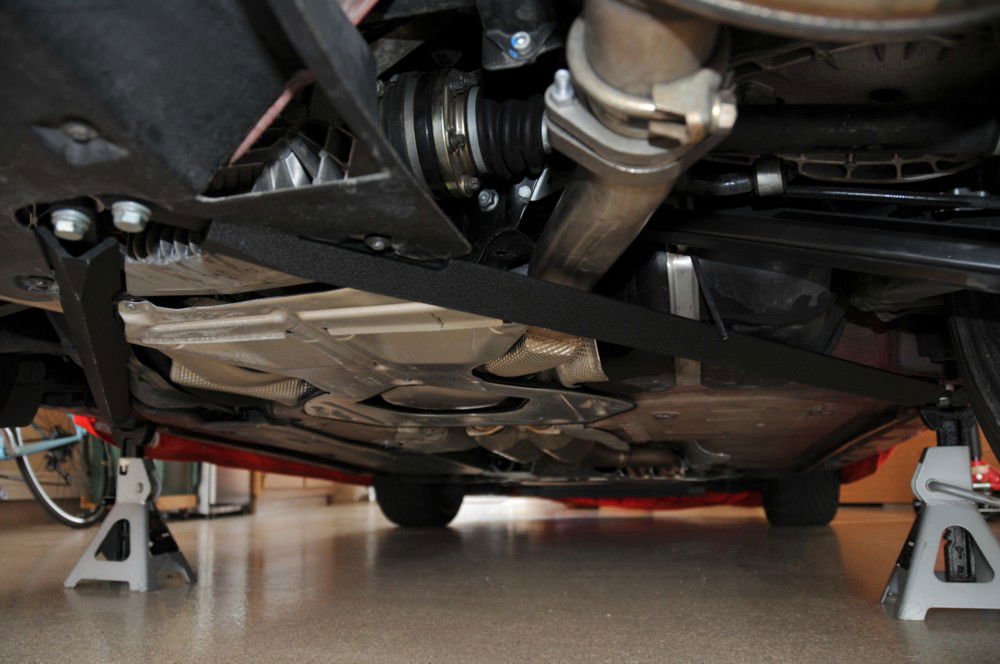
So even with that strengthening, how much rigidity will a convertible lose over its coupe cousin? Let’s take a closer look. Chassis stiffness is measured using Nm/deg (Newton-metres per degree) which shows how much torque the chassis can cope with per degree of torsional rotation. To illustrate just how much rigidity is lost by roof removal, the standard 996 Porsche 911 has a rigidity of 27,000 Nm/deg, while the convertible can only manage 11,600 Nm/deg. That’s right, the chassis lost over half its rigidity!
Convertibles of old have therefore gained a reputation for being much less stable and more flexible at high speed, with some manufacturers seemingly deciding on lightness over structural rigidity. But when it comes to driving quickly, chassis stiffness should be a priority, as a flexible chassis can twist due to the torque from the engine and transmission along with the loads applied from cornering and braking. These forces can slightly alter the suspension geometry and lead to extremely lame handling and composure from the chassis.
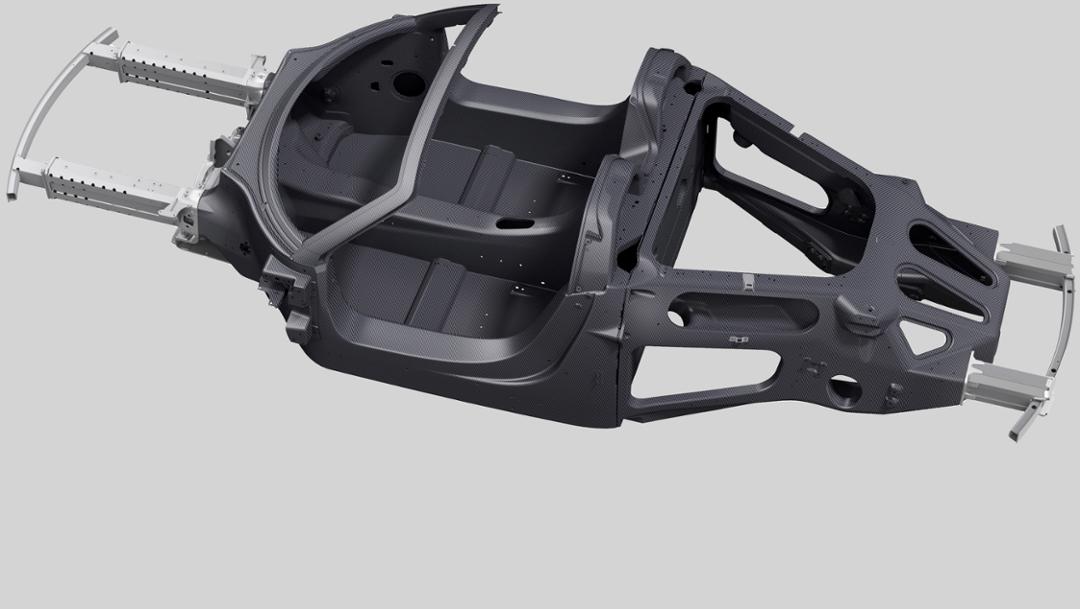
Thankfully, the brightest minds in automotive engineering saw past this stramash of clumsy metal and instead opted for carbonfibre as a solution to all rigidity issues. Pioneered by McLaren with the F1 road car, carbon tubs have become a staple of supercar construction and are now beginning to trickle their way down into sports car manufacture.
The reason for the use of carbonfibre is the same as always – it’s extremely light and massively strong. The strongest carbonfibre composites can be up to ten times stronger than steel and up to five times lighter. That inherent strength means removing the roof has very little impact on the car’s stiffness, eradicating the need for heavy steel supports around the cabin area using a carbon monocoque chassis.
As a result, the carbonfibre tub becomes the nucleus of the car to which the engine, drivetrain and suspension can be bolted to. And the list of cars that have used this structural method is quite spectacular: the Porsche Carrera GT, Koenigsegg Regera, McLaren P1 and LaFerrari to name but a few. Pleasingly, Alfa Romeo uses a carbon tub in the 4C, showing that this exotic manufacturing process can be applied to a sports car. Although whether we see a carbon monocoqued-Porsche Boxster or BMW Z4 in the near future is yet to be seen.
Through carbon fibre, the convertible has managed to haul itself virtually on terms with a coupe as a performance machine, with little to no drawbacks forcing your hand away from the freedom that a convertible car can bring to motoring.
Although the tech is still firmly in the supercar engineering realm, purpose-built convertibles like the MX-5 and Fiat 124 still offer thrills that even the staunchest of petrolheads can appreciate. With no coupe comparison currently being manufactured for these roadsters, the niggles of rigidity and weight never really cross your mind. Saying that, a 1000kg factory-built Miata coupe would be quite the weapon, don’t you think?


Comments
FFFFUUUUTUUUREEEEE
I have a 2 seater sl550. It weighs 4500 pounds, and has no chassis flex.
Pagination